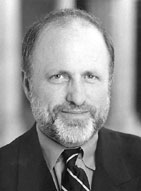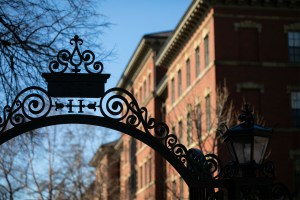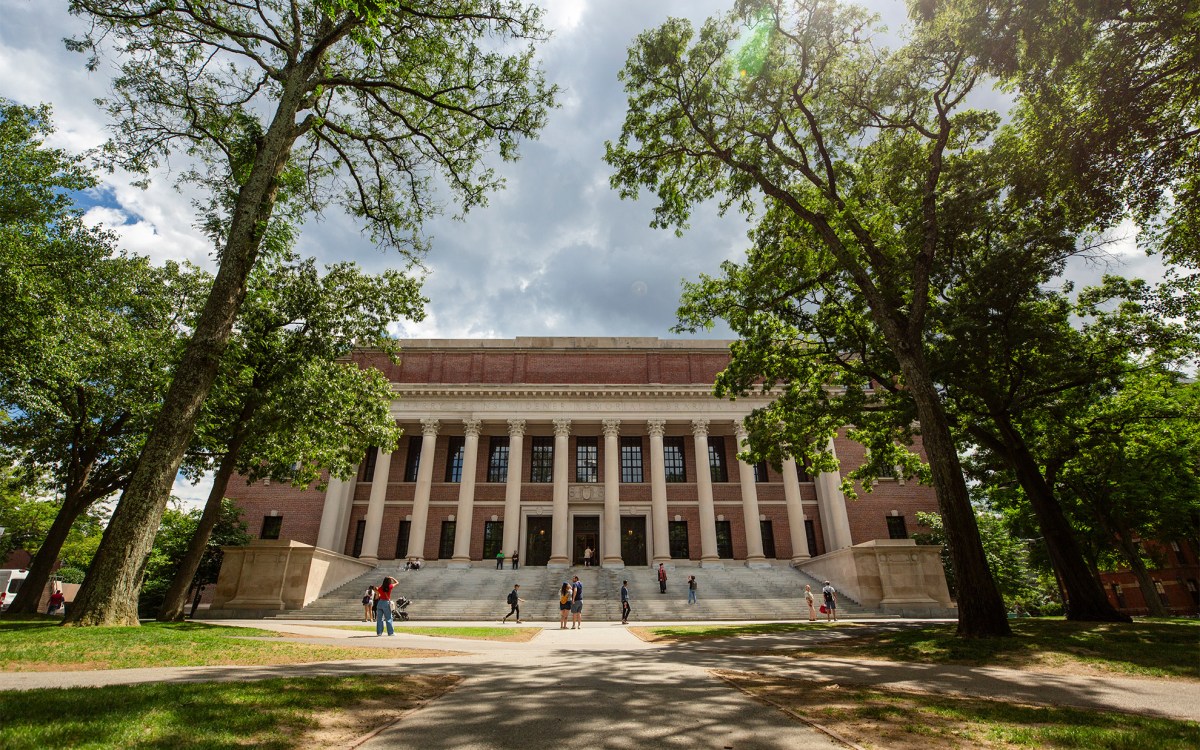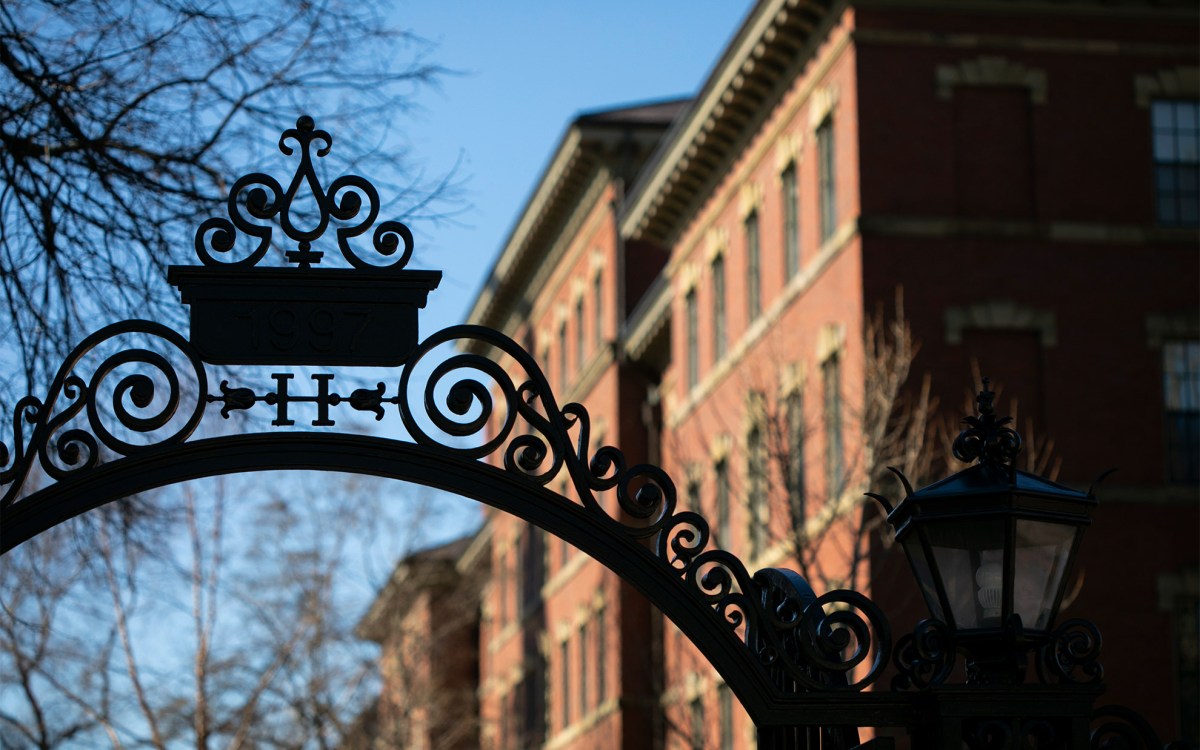Cuno is named president of AAMD

James Cuno, the Elizabeth and John Moors Cabot Director of the Harvard University Art Museums, has been elected president of the Association of Art Museum Directors (AAMD).
Cuno, who has directed the Harvard Art Museums since 1991, will hold the position for one year. His duties will include chairing the quarterly trustee meetings, helping to set professional practice standards, and representing the concerns of art museums in Washington. The organization currently has 170 active members and 29 honorary members representing museums in the United States, Mexico, and Canada.
“I think this is a very important time in the history of American museums,” Cuno said, citing the fact that more than 1 billion people went to museums in 2000, more than attended all sports events combined.
“Museums need to respond to this popularity by strengthening their commitment to their core mission as preservers and presenters of America’s artistic legacy. At such a time there is a temptation to diverge from their core mission to sustain that level of popularity. Not that we should desire not to be popular, but we should be popular for the right reasons.”
Cuno earned his Ph.D. in art history from Harvard in 1985. Before undertaking his present position, he served as director of the Hood Museum at Dartmouth College, director of the Grunwald Center for the Graphic Arts at the University of California, Los Angeles, and assistant professor at each of those institutions as well as at Vassar College.
He has written and lectured extensively on topics ranging from French caricature of the 18th and 19th centuries to contemporary American art, as well as on the role of art museums in contemporary American culture. He teaches both undergraduate and graduate courses on the art of 19th century France.
As director of Harvard’s Art Museums, Cuno led the largest capital campaign ever, raising $55 million. The success of the campaign has resulted in endowed curatorships in ancient art, Asian art, Islamic and later Indian art, modern art, and photography, as well as the renovation and expansion of the Straus Center for Conservation and Technical Studies.




